What Size Bleeder Resistor for Capacitor | A Comprehensive Guide
The bleeder resistor size is defined by the formula, R = -t/C*ln(Vt/Vu), where Vt is the momentary voltage, Vu is the initial voltage, C is the capacitance and t is the momentary period.
A bleeder resistor is connected in parallel with the output of a high voltage power supply or power amplifier to safely discharge the high voltage capacitors when the device is turned off. This is used as a safety feature to avoid electric shock.
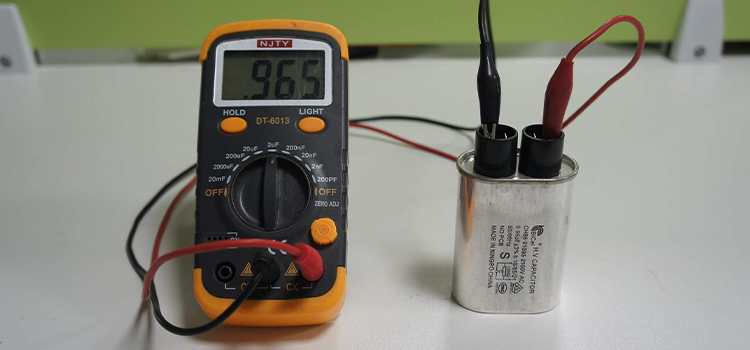
How to Determining the Proper Bleeder Resistor Size for Your Capacitor
The size of the bleeder resistor can be calculated by using the formula,
R = -t/C*ln(Vt/Vu).
Where Vt is the momentary voltage, Vu is the initial voltage, C is the capacitance and t is the momentary period. By putting these values in the equation, the size of the required bleeder resistor can be calculated.
If the bleeder resistor size is chosen small, the bleeding time will be fast, but in the case of a large value resistor, bleed time will be slower. On the other hand, the power dissipated by a resistor is, P = V2/R. If the resistance is low the power loss will be high. But for a larger resistor, the power loss will be lower than for a small one.
Also, the value of the resistor must be large enough so that it doesn’t interfere with the voltage source but low enough so that the discharge time is fast. Keeping these factors in mind the value of the bleeder resistor must be chosen accordingly.
What Size Resistor Do You Use to Discharge a Capacitor
For a small value capacitor, a 2 kΩ 5W resistor can be used to safely discharge the capacitor. And for larger value electrolytic capacitors or supercapacitors, a 20 kΩ 5W resistor is enough for safely discharging the capacitor.
How Do You Choose a Bleeder Resistor
For an effective bleeder resistor, the bleed time should be low and the power loss should also be low. The resistor should also be large enough so that it doesn’t interfere with the voltage source’s circuit. Keeping these factors in consideration the bleeder resistor should be selected.
What Should the Rating Be of a Bleed Resistor to Discharge a Capacitor
For general purpose applications, a 2 kΩ 5W resistor should be enough to safely discharge a capacitor. For precision applications, the bleeder resistor can be calculated by using the formula, R = -t/C*ln(Vt/Vu). Where Vt is the momentary voltage, Vu is the initial voltage, C is the capacitance and t is the momentary period.
How Do You Select a Resistor for a Capacitor
The bleeder resistor should be selected such that the discharge time is low and the power rating of the resistor should be sufficiently high enough to handle the power dissipated by the resistor safely.
Why bleeder resistor is used?
A bleeder resistor is used to safely discharge the high voltage filter capacitors of a high voltage power supply when the power supply is not in use. It is connected in parallel with the capacitors. The resistor discharges the capacitor over time. This makes the device safe to handle and avoids high-voltage shocks.
Conclusion
The size of the bleeder resistor is selected such that the bleed time is low and the power loss by the bleeder resistor is minimum and the resistance is high enough to not interfere with the rest of the circuit. Keeping all these requirements in mind the bleeder resistor size should be selected.
Subscribe to our newsletter
& plug into
the world of circuits
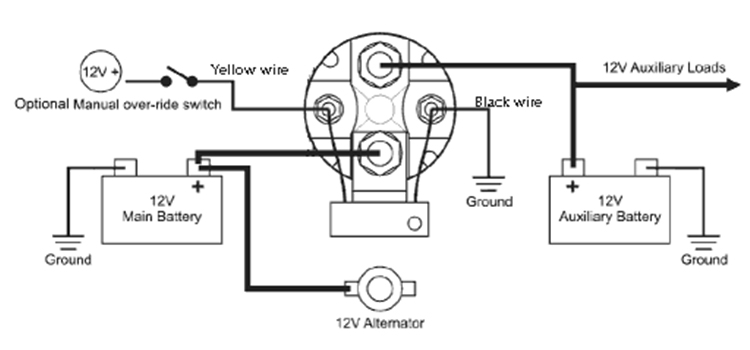
![Should There Be Continuity Between Neutral and Ground [Explaned]](https://www.circuitsgallery.com/wp-content/uploads/2023/02/Should-There-Be-Continuity-Between-Neutral-and-Ground.webp)
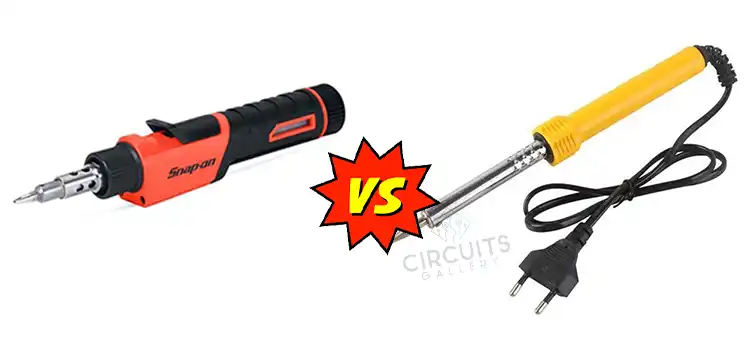
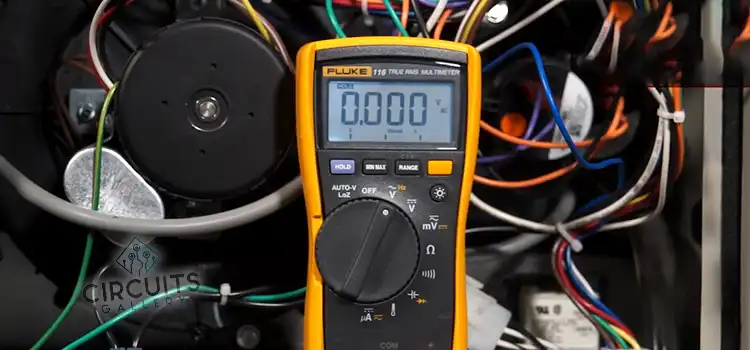
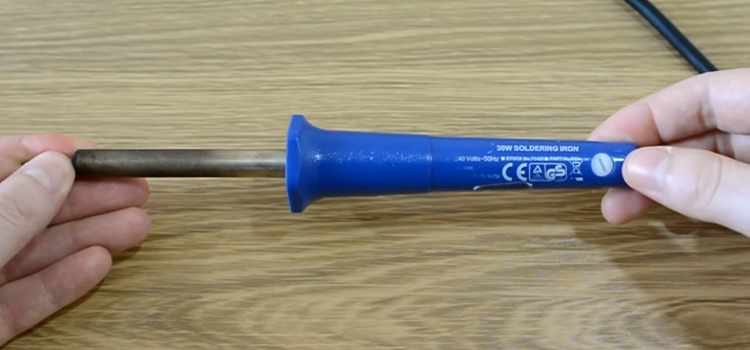
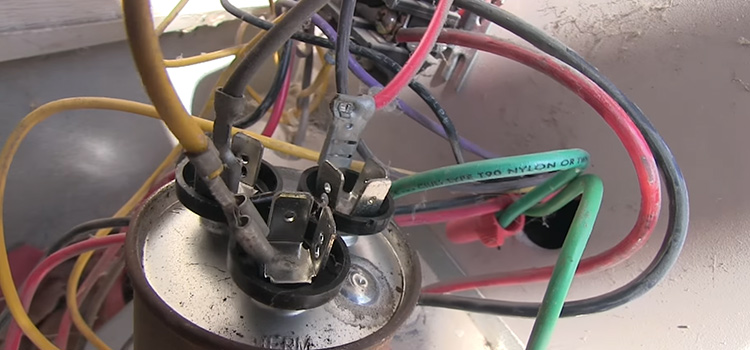
Hi could you help me please I need to know bleed resister size I would need for a 10nf 20kv pulse capacitor
For your specific case:
C = 10nF = 10 * 10^-9 F
V = 20kV = 20,000 V
T = 5 seconds
Plugging these values into the formula:
R = (T * V) / C
R = (5 * 20000) / (10 * 10^-9) = 10^14 ohms
Please note that working with high-voltage capacitors can be dangerous. Make sure you have a good understanding of electrical safety and consider consulting an expert if you’re not confident in your calculations or implementation.